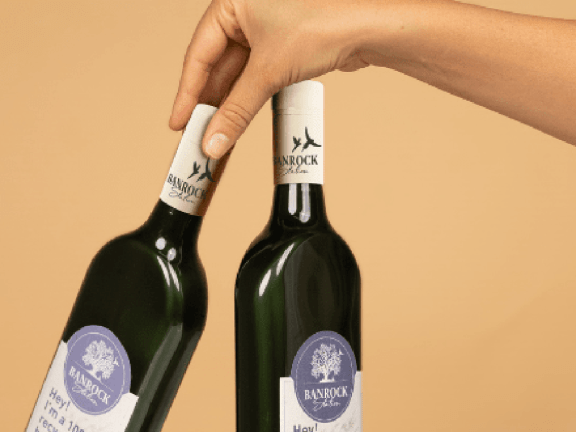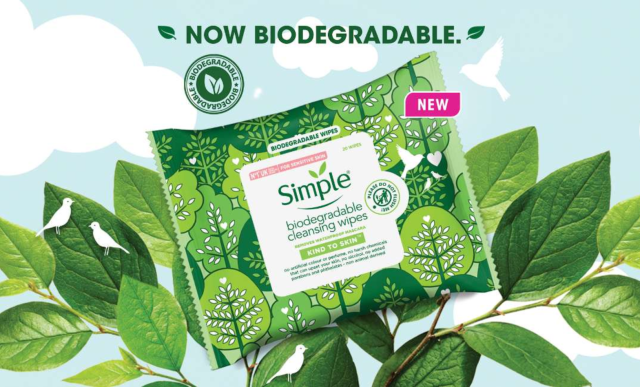
If the wine industry is to effectively progress towards an eco-friendly future, researchers from the University of South Australia’s Ehrenberg-Bass Institute for Marketing Science and the University of Adelaide’s Business School say there is a need to reshape the wine-consuming public’s perception of quality wine in alternative packaging.
The research has delved into people’s preferences for wine packaging, exploring how factors like price, brand, and messaging can impact choice.
The study asks consumers, would you indulge in Chardonnay from a plastic bottle or savour your favourite Barossa Valley Shiraz from a can?
For centuries, traditional glass bottles have been the favoured choice of packaging in the wine industry, grounded in the belief that wine looks and tastes superior in the glass. However, despite their historical prominence, glass bottles are not the most environmentally friendly option available.
Lead researcher Jakob Mesidis says that while previous research focused on wine label and closure preferences, little attention has been given to the format of the packaging itself.
“We knew that consumers weren’t buying alternatively packaged wine at the same rate they were buying it bottled, so we wanted to know what we should change to motivate them to choose more sustainable options,” Mesidis states.
Conventional glass wine bottles emerge as the wine industry’s primary source of carbon emissions, with a single bottle’s production generating 1.25kg of carbon dioxide. In total, the production and transport of glass wine bottles constitute over two-thirds of the wine industry’s overall carbon output.
Australia’s main alternative wine packaging formats include the ‘bag-in-box’ (cask wine and Bagnum) and aluminium cans, with formats like flat plastic wine bottles gradually entering the market.
Despite being up to 51 per cent more carbon-efficient than glass, Mesidis says that Australian consumers exhibit resistance towards these environmentally friendly options, perceiving them as cheaper and lower in quality compared to the traditional glass bottles associated with heritage and luxury.
Mesidis suggests, “There are some underlying prejudices in relation to alternative wine packages as they are seen as the cheaper, low-quality option when compared to glass bottles, which come with a sense of heritage and luxury.”
To address this, the wine industry must find ways to bring consumers on board. A survey conducted by the Ehrenberg-Bass Institute with 1200 Australians revealed that cask wine and flat plastic wine bottles were the most preferred formats after traditional glass bottles. Cans were the least preferred, primarily linked to specific occasions like outdoor drinking.
The survey also highlighted that package format significantly influences people’s choices, with price ranking second. The importance of brand and eco-messaging varied based on the respondent’s age and their engagement in eco-friendly behaviors.
Younger consumers were found to be more inclined towards alternative wine formats, especially when priced in the mid-to-low range and associated with well-known, prestigious brands. Mesidis says, “Larger, more prestigious brands are likely to see more success with alternatively packaged wine.”
The research, funded by the Wolf Blass Foundation, provides wine marketers with a foundation for crafting low-carbon wine packaging strategies in this relatively new field of study.
Mesidis concludes, “Research in this space is still young, and there is exciting work to be done to better understand this burgeoning part of the wine industry.”
Comment below to have your say on this story.
If you have a news story or tip-off, get in touch at editorial@propack.pro
Sign up to the ProPack newsletter


